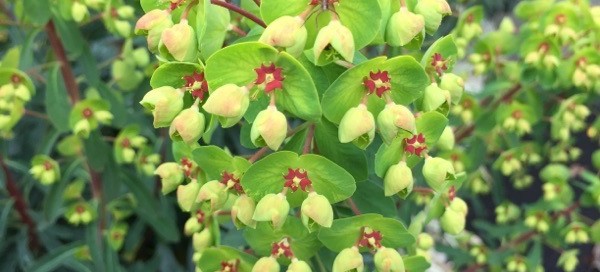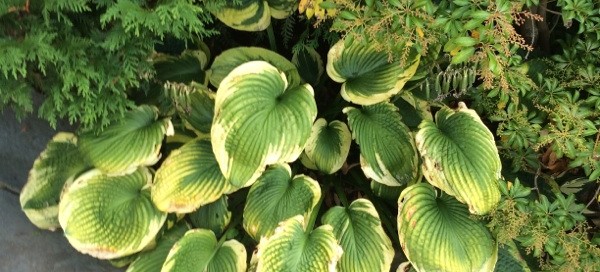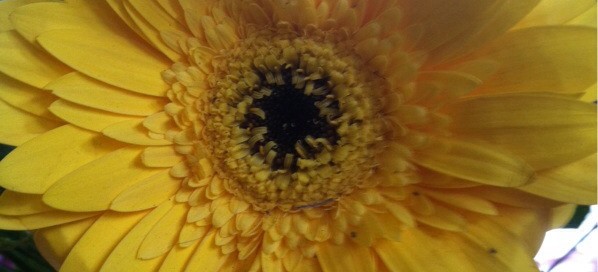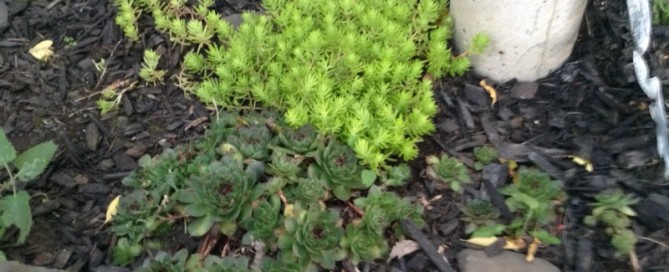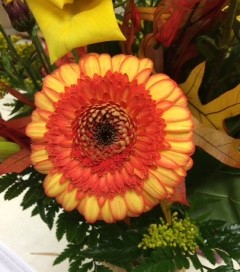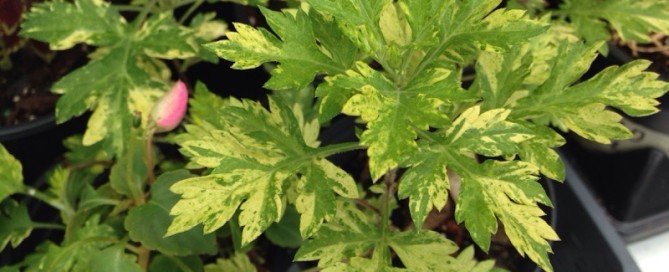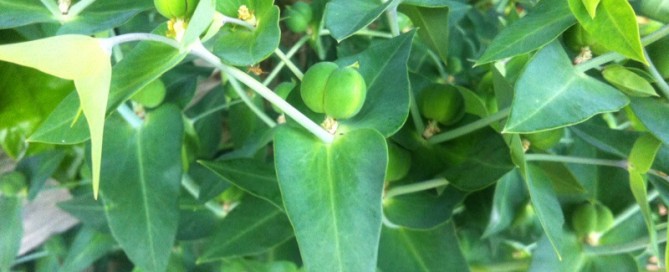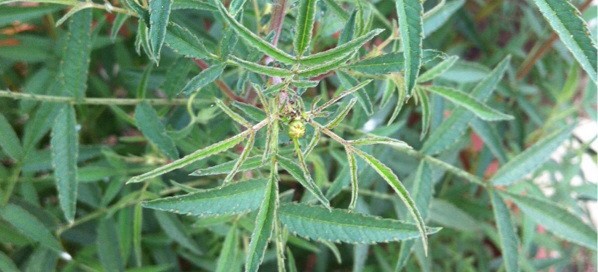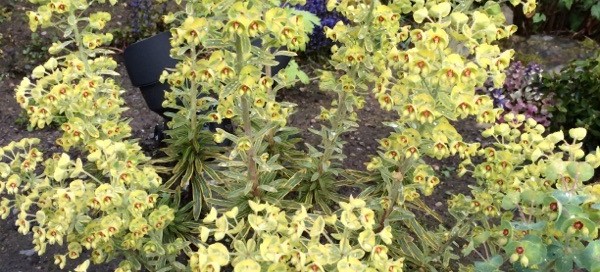Spurge
This is a euphorbia commonly known as spurge. Though this is a rapidly growing group of popular hybrids, we can't tell which one without seeing the whole plant and looking at its flower; because there are many similar kinds. Euphorbia prefer full sun and good drainage. Larger cultivars can be as large as shrubs growing 3-4ft tall and wide, then there are many that are smaller, under 2ft. They come in a wide range of foliage colors and growth habits too, from those that can re-seed and become quite weedy, to those that have underground runners that act like ground cover to those that are quite polite and easy to deal with in any location.
The best way to propagate these is by divisions taken now (divide the rootball with a shovel and transplant part of it where you want to grow it). But you can also propagate it from cuttings taken now. After you make the cutting, put the stem in warm water for a few hours so that the white sap doesn't congeal and seal off the bottom of the stem. Then dip the cutting in a rooting hormone and plant in a pot full of potting mix. Make a plastic tent over it (easily made with a coat hanger and a clear plastic sleeve that comes back from the cleaners with your clothes) to hold in the humidity. Keep the soil moist, and keep the plant in a frost-free, warm place (like a north window) where it gets plenty of indirect light, and it should root in a couple of weeks.
